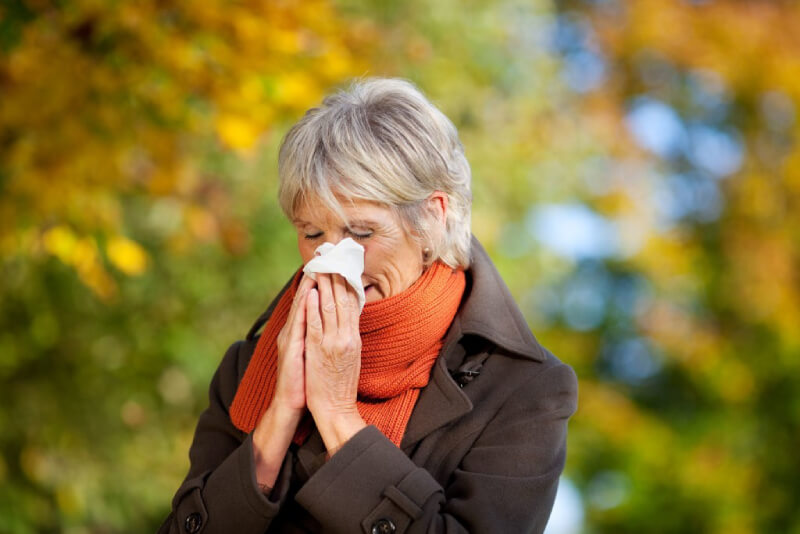Ragweed is described by Allergic Living as the “super-villain of allergy plants.” There are at least 17 different species of ragweed in the United States, however the two most common types are common ragweed (Ambrosia artemisiifolia) and giant ragweed (Ambrosia trifida). Ragweed season usually runs from August through October and it can be found pretty much everywhere. Even if it isn’t growing in your immediate area, its pollen might be. According to the Allergy and Asthma Foundation of America:
- One plant can produce up to 1 billion pollen grains.
- The light pollen is easily carried by the wind and has been found in the air 400 miles out to sea and 2 miles up in the atmosphere.
When is ragweed pollen at its worst? That depends on where you are. The Asthma and Allergy Foundation of America (New England Chapter) explains:
- Warmth, lowered humidity, and active breezes after sunrise create the ideal environment for pollen release.
- Near the plants, pollen levels are highest shortly after dawn. The amount of airborne pollen peaks in many urban areas between 10:00 a.m. and 3:00 p.m.
- Rain and/or low morning temperatures (below 50° F) can block or slow pollen release on that day.
Mold can also be found everywhere, including inside, so there is little escaping it during the fall season. The Center for Disease Control and and Prevention (CDC) has cited the following as the most common types:
- Alternaria
- Aspergillus
- Cladosporium
- Penicillium
Outdoor mold thrives in damp, humid environments and in our part of the world, triggers allergy symptoms from summer to fall. Indoor mold also flourishes under those conditions, however, if the circumstances are right, can last year-round. For more information on keeping mold, and your mold allergies at bay, visit our blogs:
If you are suffering from mold and/or ragweed allergies – or think you may be – you can do one of two things:
1. Check the pollen and mold count daily and take allergy medications.
-or-
2. Make an appointment at CT Sinus Center and put a permanent end to your suffering.
We highly suggest the second option. When you first come in, our expert team will talk to you about your medical history and your symptoms. Next, through our patient-centered philosophy and up-to-date diagnostic tools, we will pinpoint what is causing your discomfort and develop the right treatment for your lifestyle. You may even be a candidate for one of our two outpatient procedures, both of which will end your suffering in around an hour:
- Balloon Sinus Dilation, which will reshape your nasal passages, promoting draining and natural healing.
- Turbinate Reductions, in which the tissue in the nose that supports the nasal passages is decreased, decreasing the size of the turbinate and quickly increasing airflow
Call 860-BALLOON to schedule an appointment at one of CT Sinus Center’s four conveniently-located offices and watch your allergy symptoms be gone with the fall wind.
For additional information on sinus-related conditions or treatments, read more about CT Sinus Center and take a look at our blog.



